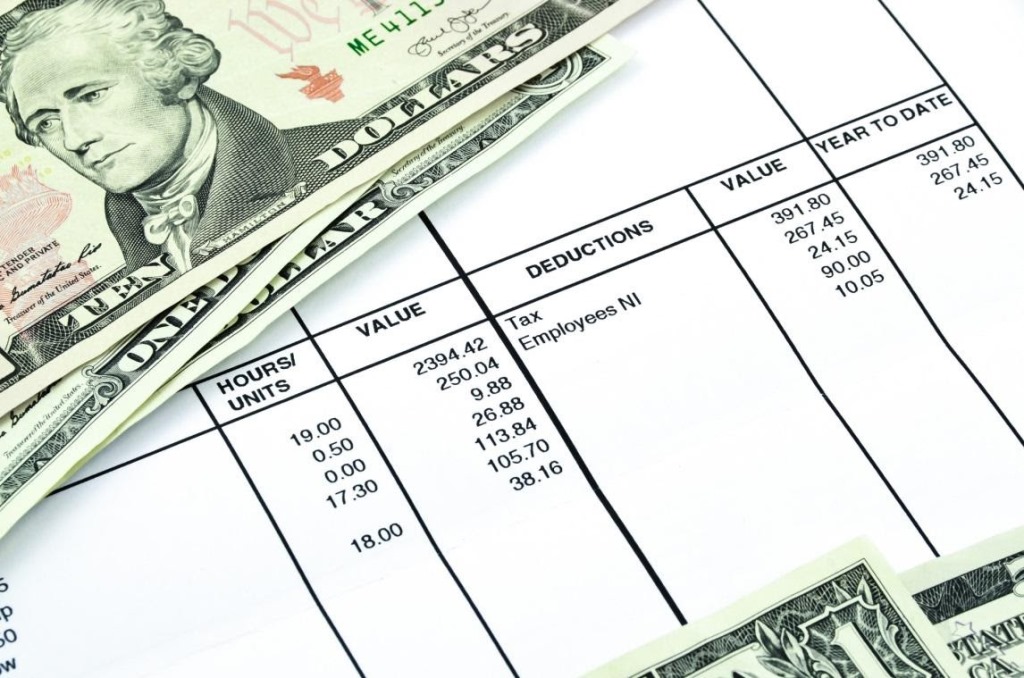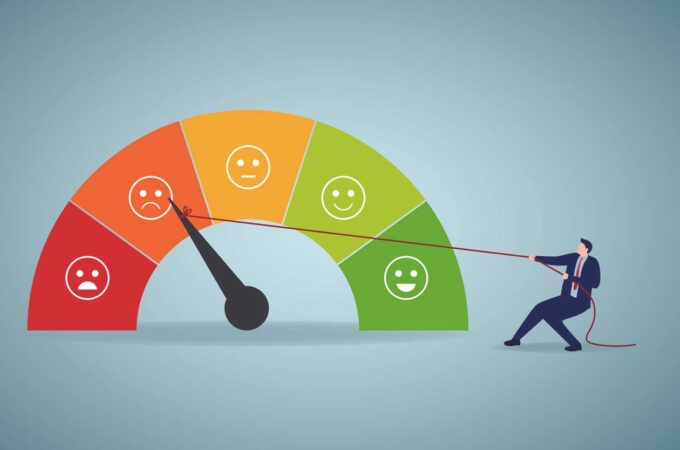
Pay Stubs Explained: What Does a Pay Stub Look Like?
It’s predicted that 24% of the global workforce will be made up of Gen-Z in 2020. As these young adults start to branch out and begin their careers, they’ll face a bit of a learning curve, wondering questions like:
- What are my benefits?
- How much of my paycheck is withheld for taxes?
- What does a pay stub look like?
It can be overwhelming just starting out in the workforce, but a little preparation can go a long way. If you are unfamiliar with what to expect on a pay stub, you’ve come to the right place.
Keep reading for an overview of pay stub information and a breakdown of what each item on a pay stub means.
Basic Information on a Pay Stub

While each pay stub varies by employer, most companies use a payroll check template to generate pay stubs. As a result, there is certain basic information that you can expect to see on a pay stub, including:
- Employer information
- Employee information
- Financial information
- Year-to-date information
Let’s take a closer look at each of these categories so you have a better understanding of what you should see when you look at a pay stub for the first time.
Employer Information
Generally, at the top of your pay stub, you’ll see basic information about your employer. This will include:
- The company name
- The company address
While this isn’t something you’ll often need to reference when looking at your pay stub, it will always be included.
Employee Information
Similarly, you’ll also see some of your personal information on your paycheck. This information includes:
Your name
Your employee number or the last four digits of your social security number
Again, you probably won’t need to look at this information each time you get paid. However, if the amount of your paycheck is not what you were expecting, you can quickly look at the employee information section to make sure you’ve received the correct pay stub.
Financial Information
The bulk of important information on your pay stub will relate back to finances. After all, one of the main reasons to look at your pay stub is to see how much you got paid! Let’s take a closer look at each aspect.
Pay Period
Typically, a pay period runs over the course of two weeks. However, this may vary based on employer or industry. On your pay stub, you’ll see the dates for the current pay period.
In most cases, you’ll get paid for the work you completed in the previous two weeks. You can double-check the pay period dates to make sure you haven’t missed a paycheck.
Gross Earnings
The gross earnings listed on your pay stub represent the total amount owed to you, prior to any deductions being taken out of your check.
Your gross earnings are calculated based on whether you’re an hourly or salary worker. If you’re an hourly employee, your gross earnings are determined by multiplying the number of hours you worked by your hourly pay rate.
As a salaried employee, your gross earnings are calculated by dividing your annual salary by the number of pay periods in the year.
Along with your gross earnings for the pay period, you’ll also see your pay rate, whether you’re an hourly or salaried employee. So, if you receive a pay raise, you’ll see that reflected in your pay rate on your next pay stub.
Taxes and Other Deductions
Unfortunately, you don’t get to take home the full amount of your gross pay. This is because each paycheck is subject to certain taxes and deductions.
On your pay stub, you’ll see an overview of how much money goes toward paying taxes. This can include a breakdown of local, state, and federal tax amounts, as seen in a separate line item for each amount.
Aside from taxes, there are other deductions that may be taken out of your paycheck, depending on your job and its benefits.
For example, if you participate in your employer’s health care plan, you’ll see a line item on your pay stub that indicates how much money was taken out to go toward paying for that portion of your plan.
Similarly, if your employer offers a retirement plan, like a 401k(k) match, you’ll see how much was taken out of your paycheck to go towards your 401(k) contribution.
Net Earnings
Most likely, you’ll want to pay the most attention to your net earnings. This amount shows how much money you’ll earn after all the taxes and other deductions are removed.
Essentially, your net earnings represent the final amount you take home with each paycheck.
Year-to-Date Information
While each pay stub covers a particular pay period, you’ll also see a breakdown of year-to-date information.
So, when looking at your gross pay, you’ll see how much you earned during the pay period and the total amount you’ve earned since the beginning of the calendar year. The same is true for taxes, deductions, and net earnings.
What Does a Pay Stub Look Like for an Hourly Employee?
We mentioned briefly above that your gross earnings are calculated based on whether you’re an hourly or salaried employee. If you are an hourly worker, you’ll see some additional information on your pay stub.

One of the biggest differences between hourly and salary employees is qualifying for overtime payments. If you’re an hourly employee and you’ve worked more than your set number of hours, you can qualify for additional payment.
An hourly employee’s pay stub will include a breakdown of both regular hours and overtime work and the pay rate for each type of work. Then, it will show your gross and net earnings for each type.
Feel More Prepared As You Start Your New Career
Now that you know the answer to the question, “What does a pay stub look like?” you can feel more confident as you begin your career.
Want to continue expanding your knowledge? Read through our website for in-depth articles about lifestyle, tech, and everything in between.




